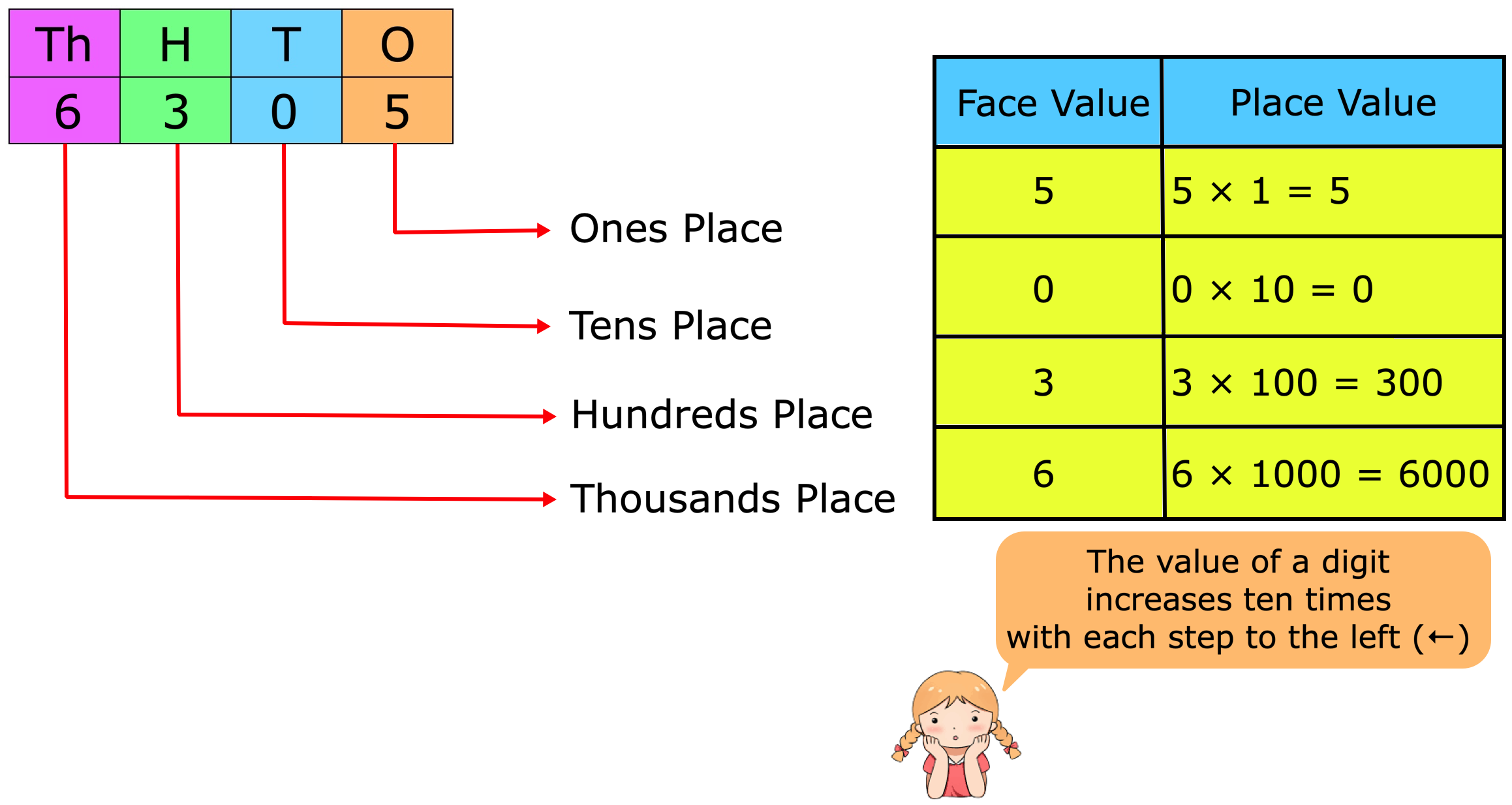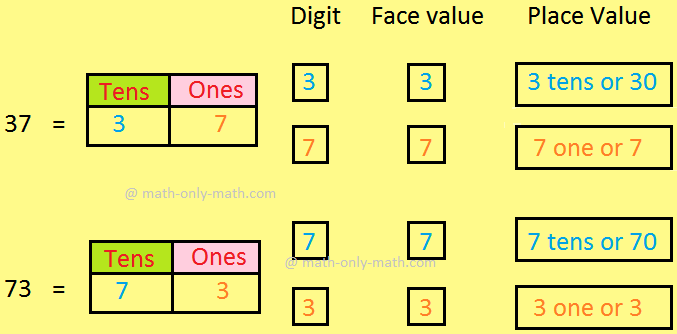Binary Addition using 1’s Complement
In binary addition using 1’s complement;
A. Addition of a positive and a negative binary number
We discuss the following cases under this.
Case I: When the positive number has greater magnitude.
In this case addition of numbers is performed after taking 1’s complement of the negative number and the end-around carry of the sum is added to the least significant bit.
The following examples will illustrate this method in binary addition using 1’s complement:
1. Find the sum of the following binary numbers:
(i) + 1110 and - 1101
Solution:
+ 1 1 1 0 ⇒ 0 1 1 1 0- 1 1 0 1 ⇒ 1 0 0 1 0 (taking 1’s complement)
0 0 0 0 0
1 carry
0 0 0 0 1
Hence the required sum is + 0001.
(ii) + 1101 and - 1011
(Assume that the representation is in a signed 5-bit register).
Solution:
+ 1 1 0 1 ⇒ 0 1 1 0 1- 1 0 1 1 ⇒ 1 0 1 0 0 (taking 1’s complement)
0 0 0 0 1
1 carry
0 0 0 1 0
Hence the required sum is + 0010.
Case II: When the negative number has greater magnitude.
In this case the addition is carried in the same way as in case 1 but there will be non end-around carry. The sum is obtained by taking 1’s complement of the magnitude bits of the result and it will be negative.
The following examples will illustrate this method in binary addition using 1’s complement:
Find the sum of the following binary numbers represented in a sign-plus-magnitude 5-bit register:
(i) + 1010 and - 1100
Solution:
+ 1 0 1 0 ⇒ 0 1 0 1 0
- 1 1 0 0 ⇒ 1 0 0 1 1 (1’s complement)
1 1 1 0 1
Hence the required sum is – 0010.
(ii) + 0011 and - 1101.
Solution:
+ 0 0 1 1 ⇒ 0 0 0 1 1
- 1 1 0 1 ⇒ 1 0 0 1 0 (1’s complement)
1 0 1 0 1
Hence the required sum is – 1010.
B. When the two numbers are negative
For the addition of two negative numbers 1’s complements of both the numbers are to be taken and then added. In this case an end-around carry will always appear. This along with a carry from the MSB (i.e. the 4th bit in the case of sign-plus-magnitude 5-bit register) will generate a 1 in the sign bit. 1’s complement of the magnitude bits of the result of addition will give the final sum.
The following examples will illustrate this method in binary addition using 1’s complement:
Find the sum of the following negative numbers represented in a sign-plus-magnitude 5-bit register:
(i) -1010 and -0101
Solution:
- 1 0 1 0 ⇒ 1 0 1 0 1 (1’s complement)
- 0 1 0 1 ⇒ 1 1 0 1 0 (1’s complement)
0 1 1 1 1
1 carry
1 0 0 0 0
1’s complement of the magnitude bits of sum is 1111 and the sign bit is 1.
Hence the required sum is -1111.
(ii) -0110 and -0111.
Solution:
- 0 1 1 0 ⇒ 1 1 0 0 1 (1’s complement)
- 0 1 1 1 ⇒ 1 1 0 0 0 (1’s complement)
1 0 0 0 1
1 carry
1 0 0 1 0
1’s complement of 0010 is 1101 and the sign bit is 1.
Hence the required sum is - 1101.
- Decimal Number System
- Why Binary Numbers are Used
- Binary to Decimal Conversion
- Conversion of Numbers
- Hexa-decimal Number System
- Conversion of Binary Numbers to Octal or Hexa-decimal Numbers
- Octal and Hexa-Decimal Numbers
- Signed-magnitude Representation
- Radix Complement
- Diminished Radix Complement
- Arithmetic Operations of Binary Numbers
From Binary Addition using 1's Complement to HOME PAGE
Didn't find what you were looking for? Or want to know more information about Math Only Math. Use this Google Search to find what you need.
Recent Articles
-
Place Value and Face Value | Place and Face Value of Larger Number
Apr 13, 25 03:12 PM
The place value of a digit in a number is the value it holds to be at the place in the number. We know about the place value and face value of a digit and we will learn about it in details. We know th… -
Face Value and Place Value|Difference Between Place Value & Face Value
Apr 13, 25 03:07 PM
What is the difference between face value and place value of digits? Before we proceed to face value and place value let us recall the expanded form of a number. The face value of a digit is the digit… -
Place Value and Face Value | Basic Concept on Place Value | Face Value
Apr 13, 25 02:59 PM
Learn the easiest way to understand the basic concept on place value and face value in the second grade. Suppose we write a number in figures 435 in words we write four hundred thirty five. -
Expressing Place Value and Face Value | International & Indian System
Apr 13, 25 02:35 PM
We will learn expressing place value and face value of a digit in any number in International and Indian system. Place value: We know how to find out the place value of a digit in any number. -
5th Grade Decimals | Word Problem on Decimals | Concept of Decimals
Apr 13, 25 02:16 PM
A fractional number whose denominator is 10 or multiple of 10 is called a decimal. Every decimal has two parts whole number part and decimal part. These two parts are separated by a dot or point. This…





New! Comments
Have your say about what you just read! Leave me a comment in the box below. Ask a Question or Answer a Question.